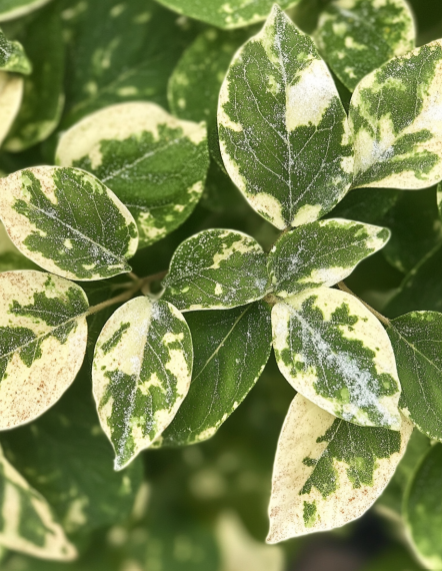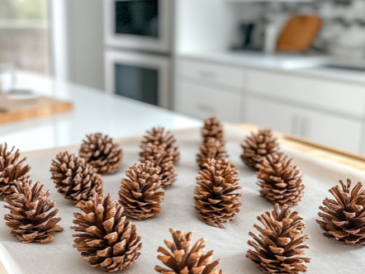The health of your plants is essential not only for their longevity but also for the overall aesthetics of your garden or home. One common issue that plant owners encounter is the appearance of white, powdery areas on leaves. While these spots can be alarming, they are often a sign of a treatable condition. This guide will help you understand what those white spots mean and provide actionable steps to keep your plants healthy and vibrant.
What Is Powdery Mildew?
Powdery mildew is one of the most common causes of white, powdery spots on plant leaves. It’s a fungal disease that affects a wide range of plants, both indoors and outdoors. Powdery mildew thrives in conditions where high humidity, poor air circulation, and temperature fluctuations occur, making it a frequent issue in many gardens. Left untreated, it can spread quickly and cause significant harm to your plants.
How to Identify Powdery Mildew
To determine if your plant is suffering from powdery mildew, look for these specific signs:
- White or Gray Powdery Spots: These appear on the upper side of leaves, stems, and buds.
- Leaf Disfigurement: Affected leaves may twist, break, or become disfigured.
- Stunted Growth: New plant growth may look deformed or small.
These powdery spots often start small but can cover entire leaves, leading to reduced photosynthesis and plant health.
What Causes Powdery Mildew?
Understanding the conditions that cause powdery mildew can help in preventing its occurrence:
- High Humidity: This fungus thrives in moist environments.
- Poor Air Circulation: Plants that are too close together can create a humid microclimate, encouraging mildew growth.
- Sudden Temperature Changes: Variations between warm days and cool nights can trigger mildew formation.
These factors create the perfect breeding ground for powdery mildew, so prevention begins by addressing them.
Preventive Measures
Prevention is the best way to avoid powdery mildew. Here are some steps to minimize its chances of appearing:
- Proper Spacing: Ensure adequate spacing between plants to improve airflow and reduce humidity buildup.
- Watering Techniques: Water your plants at the base to avoid wetting the leaves, which can create conditions favorable to mildew.
- Regular Pruning: Trim excess leaves and branches to improve air circulation within the plant canopy.
- Resistant Varieties: Whenever possible, opt for plant varieties that are resistant to fungal diseases like powdery mildew.
How to Treat Powdery Mildew
If powdery mildew has already appeared on your plants, there are several ways to treat it:
- Remove Affected Leaves: Gently prune and discard infected leaves to prevent the mildew from spreading. Do not compost these leaves, as the spores can survive.
- Apply Fungicidal Sprays: Look for fungicidal sprays specifically designed to combat powdery mildew. Follow the instructions carefully for best results.
- Use Homemade Remedies: One popular DIY remedy is a mixture of baking soda and water. Simply mix 1 tablespoon of baking soda in 1 gallon of water, add a few drops of liquid soap, and spray it on affected plants. This can help control the spread of the fungus.
Final Thoughts: Keep Your Plants Healthy and Vibrant 🌿
By understanding what causes white, powdery spots on plant leaves and how to treat them, you can maintain a healthy, thriving garden. Powdery mildew may be a common issue, but with the right prevention and treatment strategies, you can protect your plants and enjoy their beauty for years to come!




